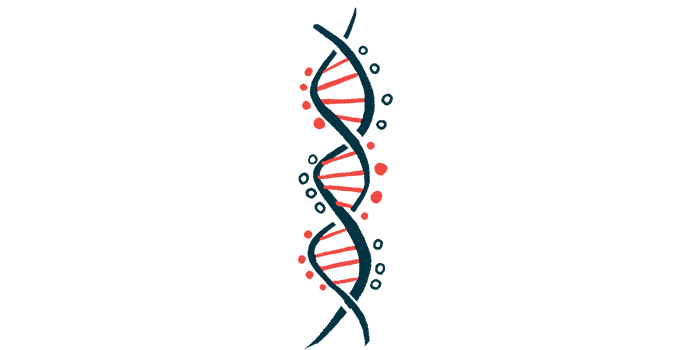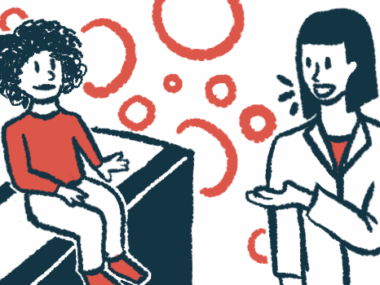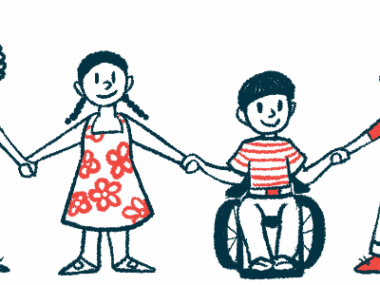Self-reactive antibodies common cause of aHUS in Chinese children
Study included more than 100 pediatric patients with rare disease
Written by |

More than half of Chinese children with atypical hemolytic uremic syndrome (aHUS) have self-reactive antibodies targeting complement factor H, a protein that regulates the activity of the immune complement cascade, a study showed.
In turn, predisposing genetic mutations were detected in only 20% of the more than 100 children with aHUS who participated in the single-center study.
Data also showed that age at disease onset and kidney-related outcomes varied between children with predisposing mutations and those with anti-factor H antibodies.
The study, “Comprehensive genetic analysis and genotype–phenotype correlations in pediatric patients with atypical hemolytic uremic syndrome,” was published in Pediatric Nephrology.
More than half of participants had self-reactive antibodies
Abnormal activation of a group of immune proteins known as the complement cascade causes aHUS. Abnormal complement activation in aHUS triggers inflammation and clotting in small blood vessels, which leads to organ damage, particularly to the kidneys.
Most aHUS patients have either an underlying mutation in a complement-related gene, self-targeting antibodies that erroneously attack complement proteins, or both. These abnormalities aren’t always enough to cause aHUS outright, but they can set the stage for the disease to develop following a trigger such as an infection.
Most studies of the underpinnings of aHUS have been conducted on people from North America and Europe. As a step toward addressing the knowledge gap on aHUS patients from other parts of the world, scientists in China retrospectively analyzed data from 116 Chinese children with aHUS who were seen at the researchers’ hospital between 2013 and 2023.
This represents “the largest single-center [group] of pediatric patients with aHUS in the Chinese population to date,” the researchers wrote.
Among these children, the median age at aHUS onset was 5.1 years old. In most of them, aHUS developed following an infection. Disease manifestations outside the kidneys were also reported for the majority of children, with gastrointestinal involvement being the most common.
Manifestations of aHUS in these children were broadly similar to what’s been reported in studies done in North America and Europe, the team noted. However, 25% of the Chinese children had cholestasis — stalled flow of the digestive fluid bile from the liver into the intestines — “which has been rarely reported in aHUS,” the researchers wrote.
More than half (53.4%) of the children had self-reactive antibodies against complement factor H, while only 19.8% of all children carried a mutation that is known to predispose toward aHUS development.
Half of those with anti-factor H antibodies carried a deletion mutation in both copies of the factor H-related gene CFHR1. Nearly a third of the children (31.9%) had neither detectable mutations nor anti-complement antibodies.
“Chinese children with aHUS exhibited a low prevalence of genetic mutations, with [anti-factor H antibodies] representing the predominant [disease cause],” the researchers wrote. “The 20% frequency of genetic mutations observed in our [group] is comparable to the 21.6% reported in a Korean pediatric cohort, while lower than the [40%-60%] reported in Western countries.”
CFH gene the most frequently mutated in these children
Further genetic analyses showed the CFH gene, which codes for factor H, was the most frequently mutated in these children. The p.V170M mutation in CFHR5, another factor H-related gene, was also significantly more common among children with aHUS relative to 120 healthy Chinese people (7% vs. 0%).
Additional statistical analyses showed outcomes from aHUS tended to vary based on the underlying cause.
In particular, children with CFH gene mutations tended to have fairly severe disease relative to those with anti-factor H antibodies. Most of the children with mutations were younger than 2 years when aHUS manifested, while the median age at disease onset for those with antibodies was 6.64 years.
Our findings emphasize the importance of detailed genetic analysis and provide valuable insights to guide surveillance strategies.
CFH mutation carriers were also significantly less likely to have working kidneys within a year of the disease appearing compared with children with anti-factor H antibodies (45% vs. 96%).
“Kidney outcomes significantly differ according to different genetic backgrounds,” the researchers wrote.
Among children with anti-factor H antibodies, those carrying a deletion in both CFHR1 gene copies were significantly more likely to experience disease relapse.
The team emphasized these outcome findings were mostly based on data from before complement-blocking medicines such as Soliris (eculizumab) and Ultomiris (ravulizumab-cwvz) became widely available to treat aHUS.
“Our findings emphasize the importance of detailed genetic analysis and provide valuable insights to guide surveillance strategies,” the researchers wrote.







